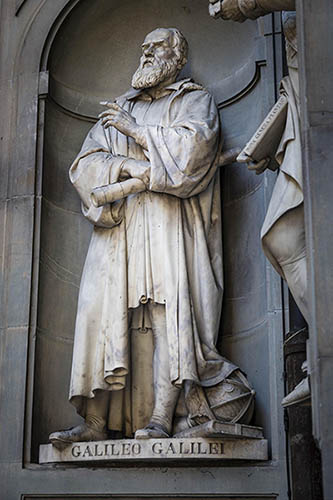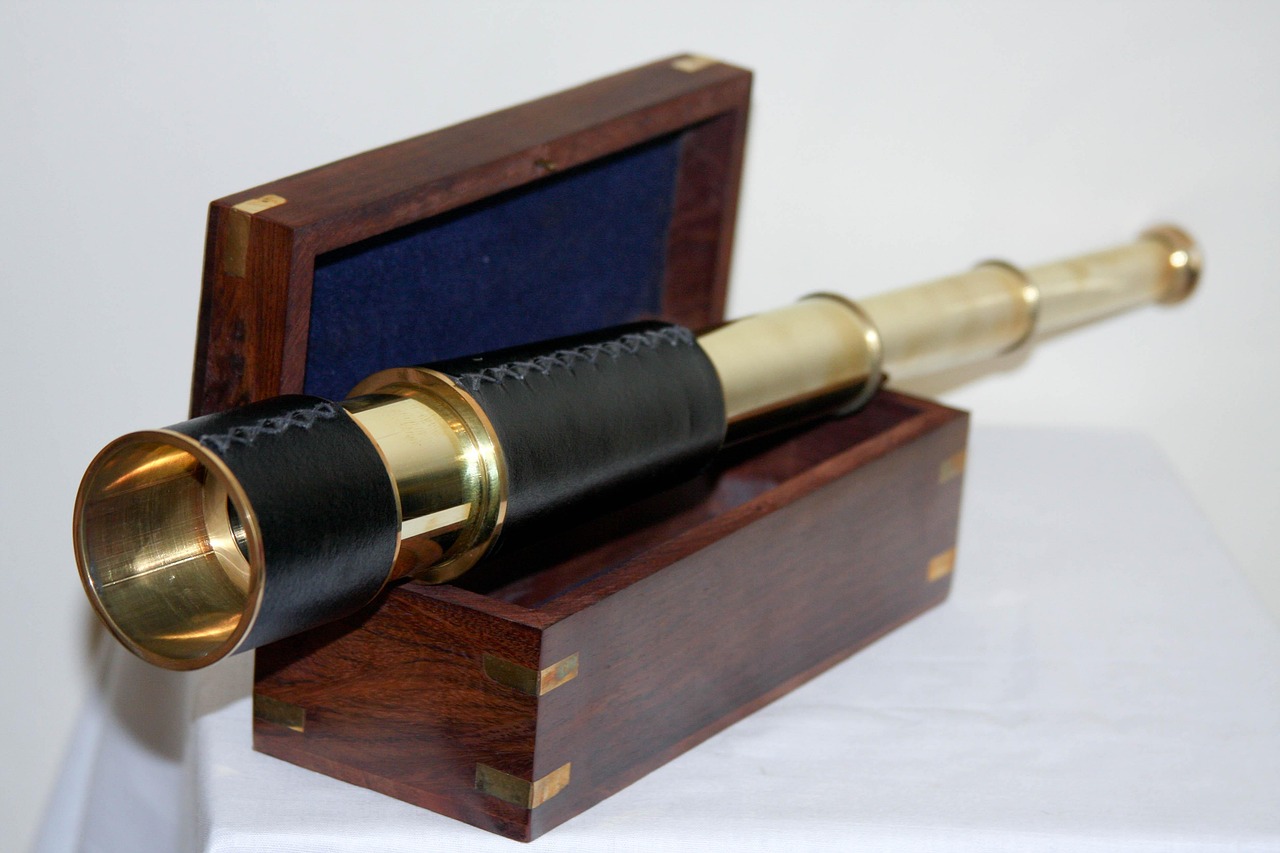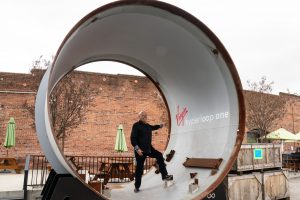
The night Galileo lifted his simple, handmade spyglass to the heavens in 1609, he saw four tiny lights moving around Jupiter; a revelation that forever changed humanity’s place in the cosmos. Hello, I’m Ken Baxter, Rocketman, coming to you on a rare rainy day in the Nevada desert — and I’m glad you’re here
Four hundred years later, perched high in the Chilean Andes, the Vera C. Rubin Observatory is preparing to do something vastly more ambitious: photograph the entire southern sky every few nights, capturing billions of stars and galaxies in motion as a time-lapse movie of the universe. From the brass telescope in Galileo’s hand to multi-meter mirrors and gigapixel cameras, each generation of telescope has expanded our vision.
While Rubin is groundbreaking in its domain, two telescopes have become household names, producing spectacular images and mapping the cosmos in other ways.
- Hubble Space Telescope (launched 1990): Equipped with a 2.4-meter (8-foot) mirror in Earth orbit delivering iconic images of galaxies, nebulae, and more. (source: Encylopedia Britannica)
- James Webb Space Telescope (launched 2021): Unlike Hubble, JWST orbits our sun, 1.5 kilometers (I million miles) from Earth. With a larger, 6.5 meter (21 foot) mirror, optimized for infrared, Webb sees farther (and earlier) than Hubble, peering through dust and across billions of years. (source: The Planetary Society)
HOW EACH TELESCOPE IS UNIQUE
Hubble captures visible and near, ultra-violet light, great for sharp, broad-view images of the nearby universe.
James Webb telescope focuses on infrared, allowing it to see earlier epochs & dusty regions that Hubble can’t. (source: asc-csa.gc.ca+1)
Rubin is ground-based and designed for surveying the sky repeatedly — less about one deep image and more about scanning all the sky, all the time.
Why this matters: Each telescope represents a different mode of seeing: deep and narrow (Webb/Hubble) vs broad and fast (Rubin).
MEET THE RUBIN TELESCOPE
The Rubin Observatory isn’t the biggest telescope ever built, and it’s not in space — but what sets it apart is scale, speed, and data-volume.
Its 8.4-meter (27-foot) primary mirror and ultra-wide field of view allow it to capture enormous swaths of sky with each exposure. (source: lsst.org+2rubinobservatory.org+2)
A 3.2-gigapixel digital camera, the largest ever built for optical astronomy, can image an area of sky roughly 40 times the size of the full Moon in one shot. (source: Live Science+1 )
Rubin will survey the southern sky every 3–4 nights for about 10 years (the “Legacy Survey of Space and Time” or LSST) and will generate petabytes of data. Live Science+1
What this gives astronomers is not just snapshots, but a movie of the universe — tracking how things move, change and evolve. Rubin’s mission includes mapping billions of galaxies, discovering near-Earth objects, and probing dark matter and dark energy. (source: Wikipedia+2IPAC+2 )
This is where discovery meets big data. The night sky isn’t static — and now we’re watching it live.
The Rubin Observatory isn’t the biggest telescope ever built, and it’s not in space – but what sets it apart is scale, speed and data-volume. Its gigantic mirror and ultra-wide field of view allows its car sized camera to capture vast swaths of sky with each exposure. These spectacular, time-lapse images allow subtle changes in an object’s position to become apparent, something one, deep image would not reveal. What this gives astronomers is not just snapshots, but a movie of the universe — tracking how things move, change and evolve.
From Galileo’s humble, hand-held spyglass pointing at Jupiter to a mountain-top observatory imaging billions of galaxies every few nights, our view of the universe has undergone a revolution. I, for one, am excited to see the discoveries this new observatory reveals.
It’s Ken Baxter, Rocketman, signing off and thank you again for stopping by. Don’t forget to visit KenBaxter.com, WeThePeople.com, or GreenGlobal.org for additional updates and interesting content. I hope to see you again real soon!


